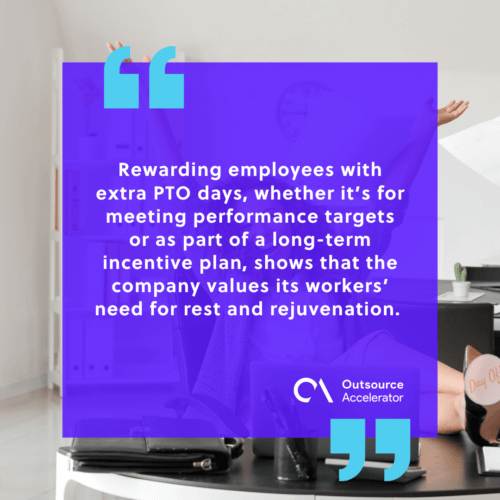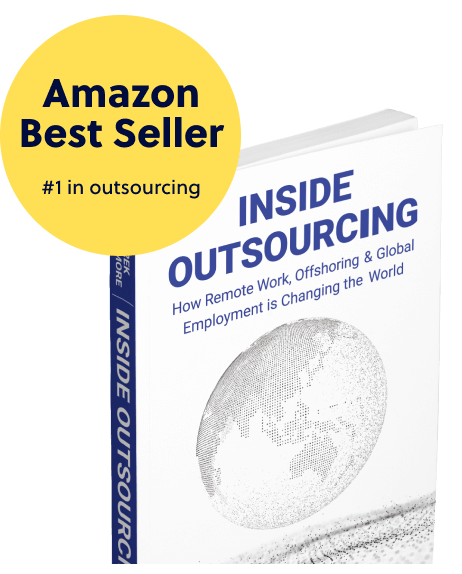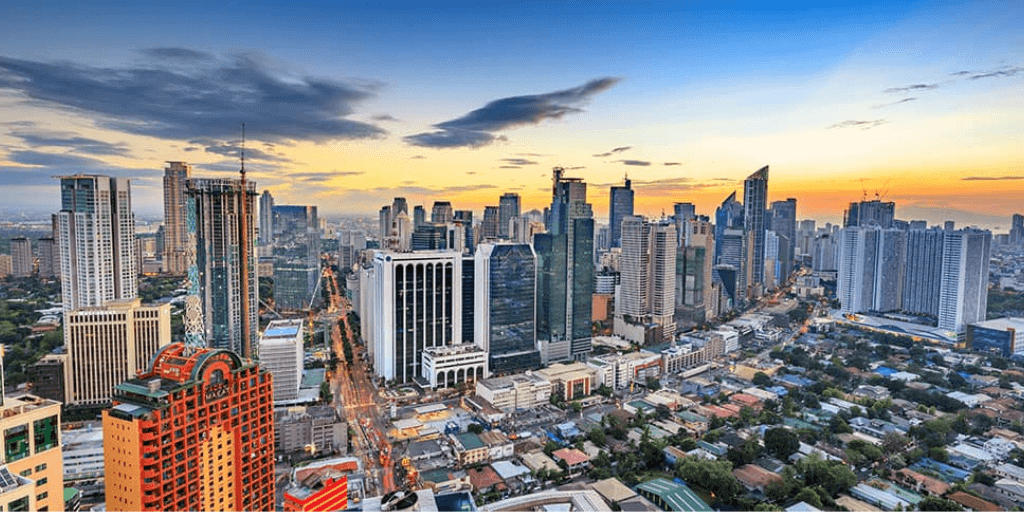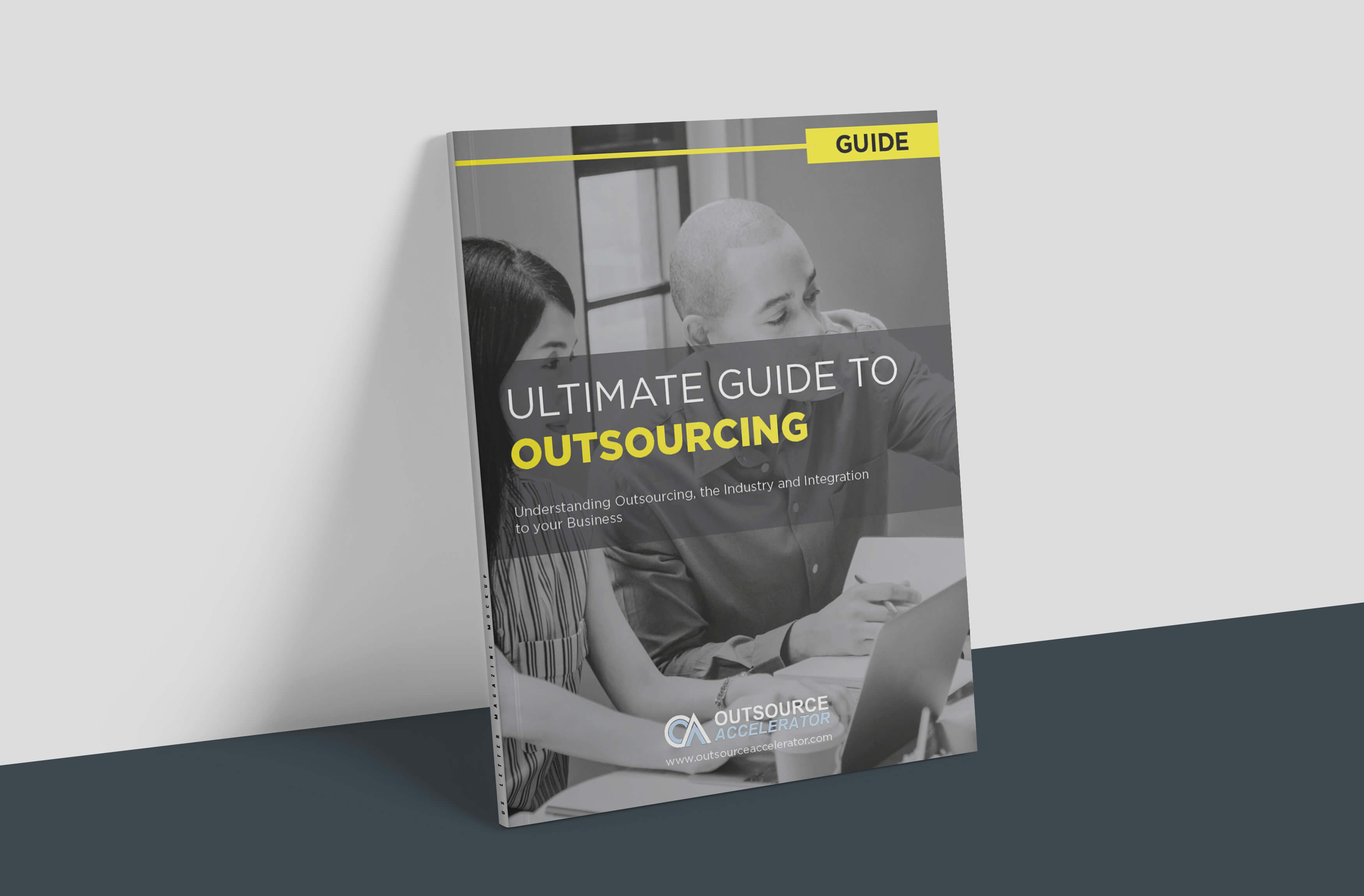10 Employee rewards program to fuel team motivation and performance

It’s common for employees to experience periods of diminished motivation, impacting their enthusiasm and productivity at work.
A Gallup research indicates a significant decline in employee engagement, with global productivity losses estimated at $8.8 trillion due to disengagement.
To counteract this trend, many organizations implement employee rewards programs—structured initiatives designed to recognize and appreciate employees’ contributions.
These programs can include various incentives, such as bonuses, promotions, or public acknowledgment, aiming to boost morale and align individual efforts with company goals.
In this article, we will highlight ten effective employee rewards programs that can empower your team and enhance overall workplace satisfaction.
What makes a successful employee rewards program?
A successful employee rewards program motivates and engages staff, creating a positive and productive work environment. To achieve this, a few key elements are essential:
Clear goals
When employees feel recognized through both rewards and words of appreciation, they are motivated to contribute more. A well-structured program amplifies this positive energy, fostering collaboration and creating a supportive, celebratory work culture.

Quality rewards
The rewards offered must align with employees’ interests to truly motivate them.
If the incentives are irrelevant, participation and engagement are likely to decrease. Soliciting employee feedback is a valuable way to ensure the rewards resonate with them.
High participation
Without active engagement, a rewards program loses its effectiveness. Raising awareness through internal communications, emails, and training can encourage employees to participate.
When leaders set examples of good recognition, it helps employees understand how to express appreciation.
Essential benefits of employee rewards program
An employee rewards program is a powerful tool that can have a significant impact on an organization’s culture and success. Recognizing and rewarding employees for their hard work and contributions help companies to foster a productive environment.
Let’s break down the exceptional advantages:
Increased motivation
When employees are rewarded for their efforts, it creates a sense of achievement and encourages them to maintain high performance.
Rewards, whether monetary or recognition-based, provide the necessary motivation to go above and beyond in their roles.
Highly motivated staff have greater work commitment and are driven to meet company goals.
Enhanced employee engagement
Employee rewards programs help create a more engaged workforce. When employees feel valued and appreciated, they become more connected to the organization and its mission.
This connection leads to increased job satisfaction and a sense of loyalty, reducing turnover rates.
Improved productivity
A well-structured rewards program can directly impact productivity. An empowered workforce is more likely to work harder and focus on delivering results.
It helps create a positive feedback loop, where higher productivity leads to more rewards and continued high performance.
Attraction and retention of talent
In today’s competitive job market, a strong rewards program can be a major differentiator.
Companies that offer meaningful rewards attract top talent looking for an organization that values their contributions.
Additionally, employees are more likely to stay with a company that acknowledges their hard work, reducing the costs associated with high turnover.
Fostering a positive work culture
Rewards programs help create a culture of appreciation and positivity. When employees see their colleagues being recognized for their efforts, it promotes a supportive work environment.
A culture of gratitude encourages collaboration and enhances team dynamics, making the workplace more enjoyable for everyone.
10 Employee rewards program to drive success
Here are ten effective employee rewards programs to help your organization build a winning team:
1. Recognition programs
Recognition programs are simple yet impactful method to show employees that their hard work is noticed and appreciated.
This can be done through:
- “Employee of the Month” awards
- Shout-outs in team meetings
- Public acknowledgment on company communication platforms
Recognition motivates employees to continue excelling and personalized praise, particularly from leadership, reinforces a sense of accomplishment and belonging within the team.
Such programs can be informal and inexpensive, but they go a long way in creating a positive workplace culture.
2. Monetary rewards and bonuses
Monetary rewards, such as performance bonuses, spot awards, or profit-sharing, provide direct financial benefits for employees.
These perks can be tied to specific achievements, like exceeding sales targets or completing a major project ahead of schedule.
Offering bonuses or financial incentives serves as a clear way to connect performance with tangible rewards, encouraging workers to reach new goals.
When employees feel that their hard work directly impacts their earnings, they are more likely to stay engaged and strive for continuous improvement.
3. Gift cards and vouchers
Sometimes, a more personalized merit is an excellent way to show appreciation. Gift cards or vouchers for popular retailers, online stores, or local restaurants give staff the flexibility to choose something that suits their preferences.
These rewards work well for both large and small achievements so employees feel special without the need for a complicated reward structure.
The key here is to offer gift cards or vouchers that cater to employees’ diverse interests, ensuring everyone has access to something meaningful.
4. Flexible work hours
As employees increasingly seek better work-life balance, offering flexible work hours or the option to work remotely is a valuable reward.
Flexible scheduling gives employees control over their work-life dynamics and lets them maintain productivity while also attending to personal commitments.
For example, allowing employees to adjust their working hours to accommodate family needs or giving them the ability to work from home part-time is a strong incentive.
This type of reward fosters trust and autonomy, which, in turn, boosts employee satisfaction and retention.
5. Employee development opportunities
Investing in employees’ growth shows that the organization values their long-term potential. Provide opportunities for development, such as:
- Training programs
- Certifications
- Conference attendance
These not only reward employees but also enhance their skills, benefiting the company in the long run. Through career growth opportunities, employees feel supported and recognized for their ambitions.
These resources also contribute to higher employee retention, as workers are more likely to stay with companies that invest in their professional development.
6. Health and wellness programs
Promoting employee well-being is an increasingly popular and impactful reward program. Health and wellness initiatives demonstrate a company’s commitment to the well-being of its workforce.
Examples of these programs include:
- Gym memberships
- Wellness workshops
- Mental health support groups
These go beyond traditional rewards by addressing the physical and mental health of employees, ultimately leading to increased productivity and morale.
Team members who feel their employer cares about their health are more likely to remain loyal and engaged in their work.
7. Paid time off (PTO) and sabbaticals
Paid time off is one of the most appreciated rewards an organization can offer.
Rewarding employees with extra PTO days, whether it’s for meeting performance targets or as part of a long-term incentive plan, shows that the company values its workers’ need for rest and rejuvenation.
Additionally, sabbaticals or extended breaks for long-serving employees provide them with the time to recharge, pursue personal interests, or focus on professional development.
Companies that recognize the importance of work-life balance, promote healthier, happier, and more productive employees.

8. Team-based rewards
Rewarding entire teams or departments for achieving collective goals can foster collaboration and unity within the organization.
Team-based rewards can be in forms of:
- Group outings
- Team lunches
- Shared bonuses
They emphasize that success is a result of teamwork rather than individual effort. These types of rewards strengthen interpersonal relationships and promote a sense of camaraderie, helping to build a more supportive and cooperative work environment.
The workforce is more likely to engage in positive behaviors when they see that their collective efforts are appreciated and rewarded.
9. Charitable donations
For team members who value giving back to the community, the option to donate to a charity of their choice can be a meaningful reward.
Many companies provide charitable donation matching programs or allow employees to choose a cause they are passionate about and contribute on their behalf.
This reward aligns employees’ personal values with the company’s mission and demonstrates that the organization is socially responsible. It also fosters a sense of pride in the workplace, as employees feel they are part of an organization that supports causes beyond just profit.
10. Travel rewards and experiences
Travel-related rewards, such as company-sponsored vacations, weekend getaways, or travel vouchers, can be highly motivating. These give employees the opportunity to unwind, recharge, and experience something memorable outside of work.
Travel rewards not only offer an escape but also create lasting memories that employees associate with their company’s recognition of their efforts.
This type can be customized to fit employees’ preferences, whether they enjoy adventure travel or relaxing beach vacations, further enhancing their sense of value.
How to create an employee rewards program
When done right, an employee rewards program can pose long-term success for the company and its members. Here’s how to create a program that resonates with employees:
Define clear objectives
Start by determining the purpose of the rewards program. Are you aiming to boost performance, increase engagement, or recognize long-term loyalty?
Establishing clear goals helps guide the types of rewards and how they’ll be distributed.
Understand employee preferences
Gather input from employees to determine what types of rewards they value. Surveys or focus groups can help pinpoint their preferences. They may favor monetary rewards, extra time off, or professional development opportunities.
Tailoring the program to their needs boosts participation and satisfaction.
Set a budget
Know the financial resources available for the program. The budget will influence the scope of the rewards you can offer, so it’s important to balance cost with the impact of the rewards.
Small, consistent rewards may be just as effective as larger, one-time bonuses.
Choose appropriate rewards
Select rewards that align with the goals and preferences identified. Consider a mix of recognition (like public praise) and tangible incentives (such as gift cards or bonuses).
This variety ensures the program remains engaging and accessible to all employees.
Communicate the program
Make sure employees know about the rewards program and how they can participate. Use emails, meetings, and internal platforms to explain the process and highlight how rewards tie back to company values and performance.
Cultivate a rewarding experience that strengthens your workplace culture.







 Independent
Independent




